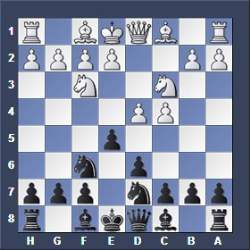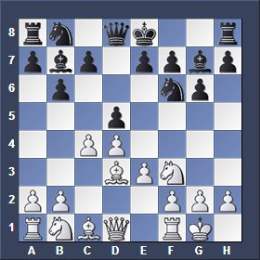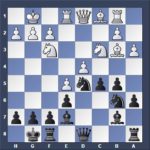I play the White Pieces and will explain every move for you. This will open up your mind eventually and helps you to understand why special moves are made.
There is a reason behind EVERY MOVE
I played first move 1.e4 and Black answered c5, intending to play the Sicilian Defence, which is Blacks best choice against 1.e4.
Why? Because Black scores well in the Sicilian Defence and this is one of the main reasons why White should rather play the positional first move 1.d4 in which he will maintain a slight long-term advantage, if he plays correctly, of course.
However, I still played 1.e4 as I intended to upset Blacks mind playing the Smirnov Gambit which is not very popular and not well-known. But I studied it before, of course. So it can be safely assumed that I have a good chance to reach a better position, due to my (hopefully) better understanding of this opening line.(the Smirnov Gambit that is)
| White moves |
White moves |
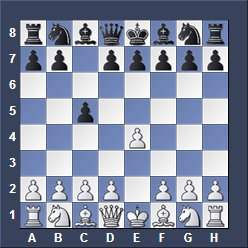 |
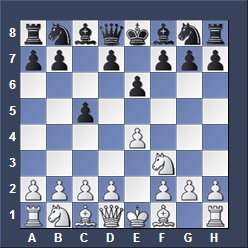 |
I (White) intend now to play the Smirnov Gambit (3.b4) first White has to get the knight out (2.Nf3). Black most likely has some books about the Sicilian Defense at home and knows this opening system better than me, which consists of many sub-systems. But I know the Smirnov Gambit, and only that counts now, and hopefully he does not.
| White moves |
White moves |
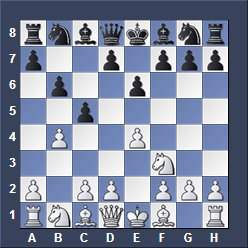 |
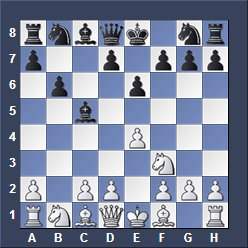 |
| 3…b6? is already dubious, as this move develops no piece but pushes a pawn! Best was 3…cxb 4.a3 bxa winning a pawn but White gains initiative as he is better developed. White will capture now on c5 to open up the b-file and intends to control it by placing a rook at b1 (Rb1) later on. |
4…Bxc? This move is a mistake, because White wins a tempi (one move) by attacking the bishop with 5.d4. Correct is to recapture with the pawn 4…bxc. The move d4 had to be played anyway, but now the black bishop will be attacked by it and must go away or the d-pawn will capture it. This costs time (time is money, remember? This is valid in chess too). White has a better game already. |
| |
White moves |
 |
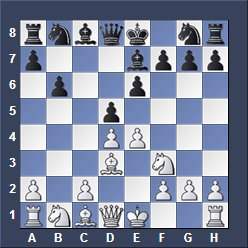 |
| The black bishop had to retreat and White got a move for nothing. This means Black lost a tempi. If you lose a few tempis this can quickly lead to the loss of the game, so beware! Get this: Never lose tempis!! |
White played bishop to d3 (not bishop to e2) to protect the valuable center pawn e4 AND to proceed with correct development of his kingside at the same time. He intends to castle quickly so he must get the bishop out anyway. Get this: A bishop at d3 is more active than a bishop placed at e2. Because a bishop at d3 attacks the black kingside especially the pawn h7. This can be important later on in the game. You have to think about the future. |
| White moves |
White moves |
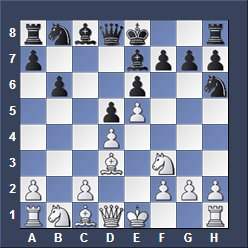 |
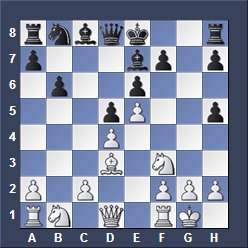 |
|
White moves the center pawn ahead (e5) to control f6 to stop the black knight from coming out to its natural square f6! |
White captured the black knight to destroy the pawn structure at the kingside. This created weak h-pawns and a weak square at f6! The square f6 is weak because it is not protected by the g-pawn anymore so it could be occupied by a white intruding piece in the future. Get this: When you make a move think about future consequences! The black king may be attacked in the future due to those weaknesses. Get this: Don’t let your kingside pawns gets damaged if your king wants to castle short The g-file has openend because the g-pawn has moved to the h-file. The g-file can be used by the black rook (Rg8). Beware! White is happy because he got rid of his queenside bishop for the knight. Why? Because the queenside bishop was running on dark squares and the center pawns are sitting on dark squares. This reduced the bishops activity. White got rid of it and this is good. Get this: A bishop becomes inactive if pawns are sitting on the same colored squares on which the bishop operates. |
| White moves |
White moves |
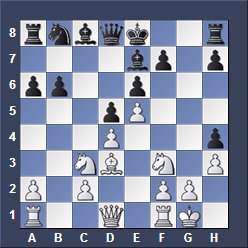 |
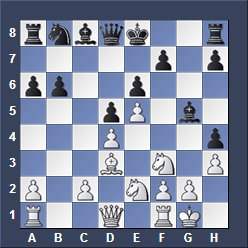 |
| White develops his knight to the natural square c3 and stops the h-pawn (h3) from undermining his pawn structure. | The white knight has no future at c3 as it cant go anywhere, so it will be regrouped to the kingside where it protects and supports the push of the f-pawn. Get this: REGROUP NO-FUTURE KNIGHTS |
| White moves |
White moves |
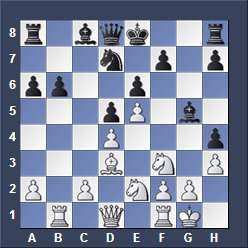 |
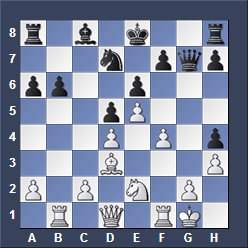 |
| White activates his rook that is attacking the weak b-pawn. Get this: Keep improving your pieces activity all the time. Attack weak pawns! |
White plans to get going at the kingside and wants to push the inactive f-pawn. But his own knight is in the way, so he trades knight for bishop and then pushes the f-pawn ahead which gains a tempi as well, as it attacks the queen at the same time. |
| White moves |
White moves |
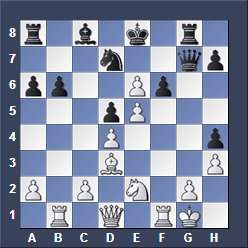 |
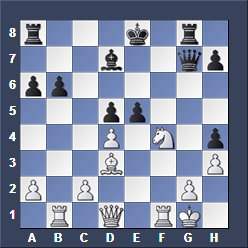 |
| White pushes the f-pawn to open up the position as Blacks king is caught in the middle. This leads to favorable tactical possibilities for White and Black is losing a piece and the game. Even if Black would have played better moves the position is still lost. Get this: Make sure you castle early or your king gets caught in the middle and gets attacked from all sides. |
White has protected against the checkmate on g2 playing Nf4. He just recaptures the pawn now in the center and maintains the position of the defending knight and wins easily as he is a piece up. In the end Black overlooks a pin and loses the queen. |
Replay and study the Game
Flip Board: Press F-Key (or click e7 or d2 on top)
BACK to – Chess Tutorials – Commented Chess Games
Go to – How to play Chess – Home
Get UNIQUE Chess Courses from Chess Grandmaster Igor Smirnov (Ukraine)! BIG DISCOUNT! Click here!
 Get Chess Sets and Computers!
Get Chess Sets and Computers!Site Map Privacy Policy Impressum Disclaimer Our Partners
© 2018- www.ChessSteps.com

